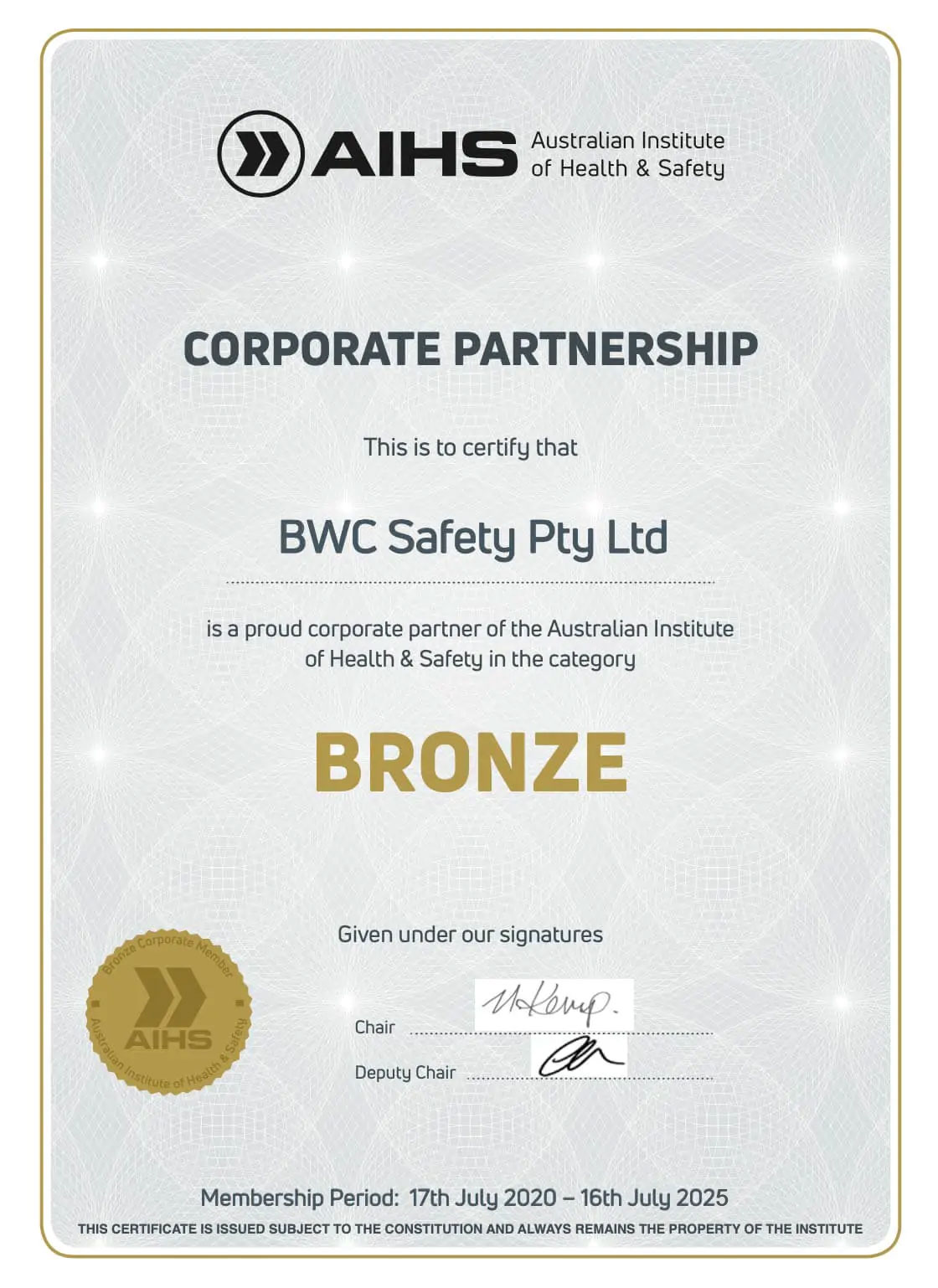Do our leaders just not get it? Is safety still owned by the safety team? Do we lurch from one serious incident to the next? Is our safety performance worse than our competitors? Is it ‘production’ first and ‘safety’ second?
If any of these describe your organisation, then in all likelihood you have two big problems:
- You need to convince your leadership that there is a problem with your safety culture, and
- You need to begin the journey that is required to improve your safety culture.
Let’s see how you might solve each problem:
PHASE ONE – Getting Leadership Buy-In and Commitment
Most leaders genuinely don’t want to see their workers get injured. They like to work for firms that are known for corporate citizenship and good works within the community. At the same time however, many believe that their role is oversight of their specific corporate function, such as operations, engineering, sales etc. ‘SAFETY’ in their mind is the responsibility of the safety team, and the ongoing injuries happen either because the safety guys aren’t doing a good job, or the workers don’t follow the rules, or both.
Of course, those who know that they have a problem, or have been on the safety journey for a while, will understand that VISIBLE MANAGEMENT COMMITMENT is the catalyst that is required to begin the process of improvement in safety culture. This commitment to genuine care for the safety of our people must flow from the CEO down through the chain of command and be embraced by every employee.
The old saying that “a prophet in his own town is not honoured”provides insight into the frustrations that are experienced by safety champions in their organisation as they try to convince others of the need for change. This is where the services of an experienced safety consultant will prove invaluable.
In this phase a good consulting firm will partner with you to:
- assess your safety culture using a combination of qualitative and quantitative methods to identify areas of strength and future development
- benchmark your organisation using Hudson’s model of organisational safety culture
- “hold the mirror” up to the senior executive and get them to a point where they understand that there is a compelling reason to commit to the safety journey, and
- develop a shared vision and goals for advancement of the safety culture
PHASE TWO – The Roadmap for Improvement
Once we have established that executive commitment to the safety journey, we will work with you to develop and implement programs that will deliver the change. While every client has different needs, there are similarities between successful approaches, and we’ve listed some here:
- Contain High Level Risks – It’s difficult to focus on improving safety culture when you lurch from one serious incident after another. No sooner do you finish one investigation and another serious incident occurs. To assist companies in stabilising safety critical processes and behaviours we visit key client sites and assess the safety critical risks and the effectiveness of the controls in place. Where required, and with support from leadership, we will intervene to prevent an injury.
- SAFETY COMPETENCIES TRAINING – Through a combination of interactive workshops and field-based exercises we help leaders at all levels of the organisation to develop understanding and commitment of the characteristics of great safety leadership. This will normally include topics such as:
- Visible leadership commitment
- Conducting effective safety interactions
- Risk management techniques
- Incident Investigation
- Communication and engagement skills
- SAFETY COMPETENCY DEVELOPMENTPROGRAM – Subsequent to the training program we will work with each participant to identify areas of improvement and coach them to further develop their safety skills. Every individual is different, and our approach is to tailor coaching to the individual within the broad framework of safety competencies. Click here for more details on our Safety Competency Development Program
- ASSISTING SAFETY PROFESSIONALS – During the transition of safety culture it can be confusing for safety pros to understand their roles, especially in organisations where line managers would leave safety leadership to the safety team. To make this transition easier, we willwork closely with the safety team to help them develop their skills as the trusted advisors to the organisation.
- EMPLOYEE ENGAGEMENT – Employees are an integral part of the safety journey and leaders at all levels must ensure that their staff feel that they are part of the safety journey. We help to build the bridge between leadership and staff through our development programs.
SAFETY SYSTEMS REVIEW and UPGRADE – Since the advent of the 2011 WHS Act, many organisations have not brought their safety systems in line with the latest requirements around management responsibility, employee consultation, and risk management. We can help you upgrade your SMS to ensure compliance in a cost-effective manner.
